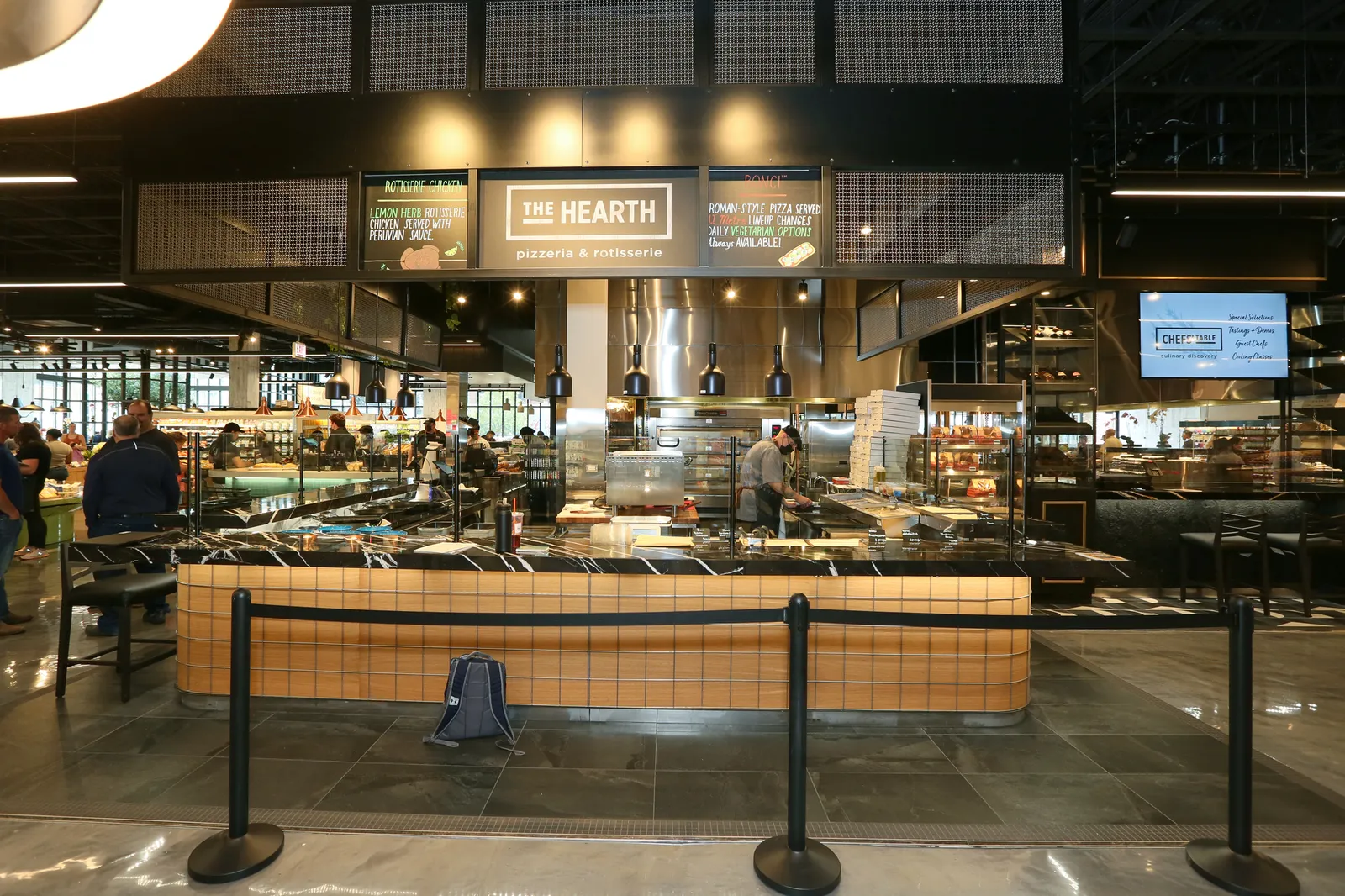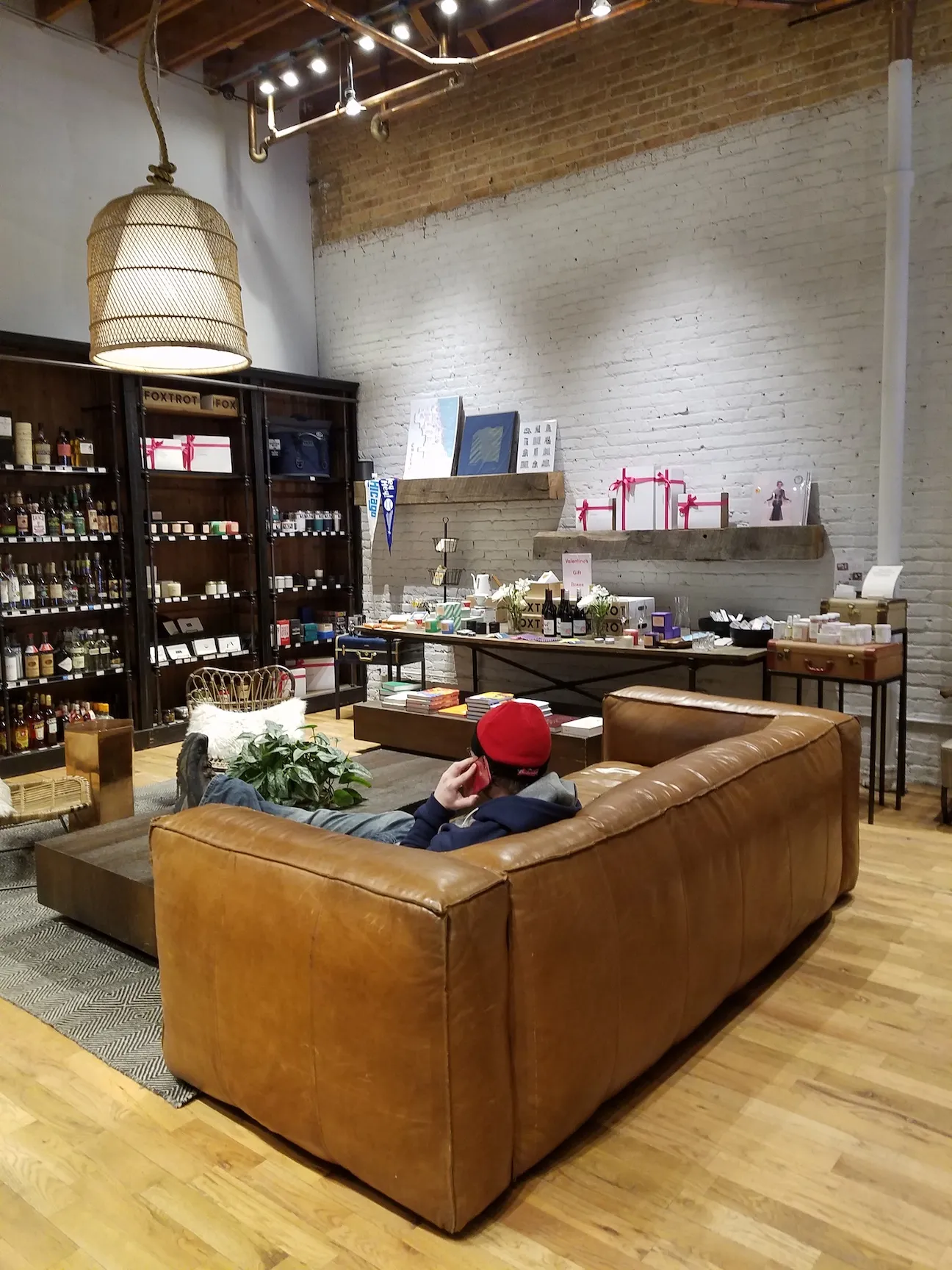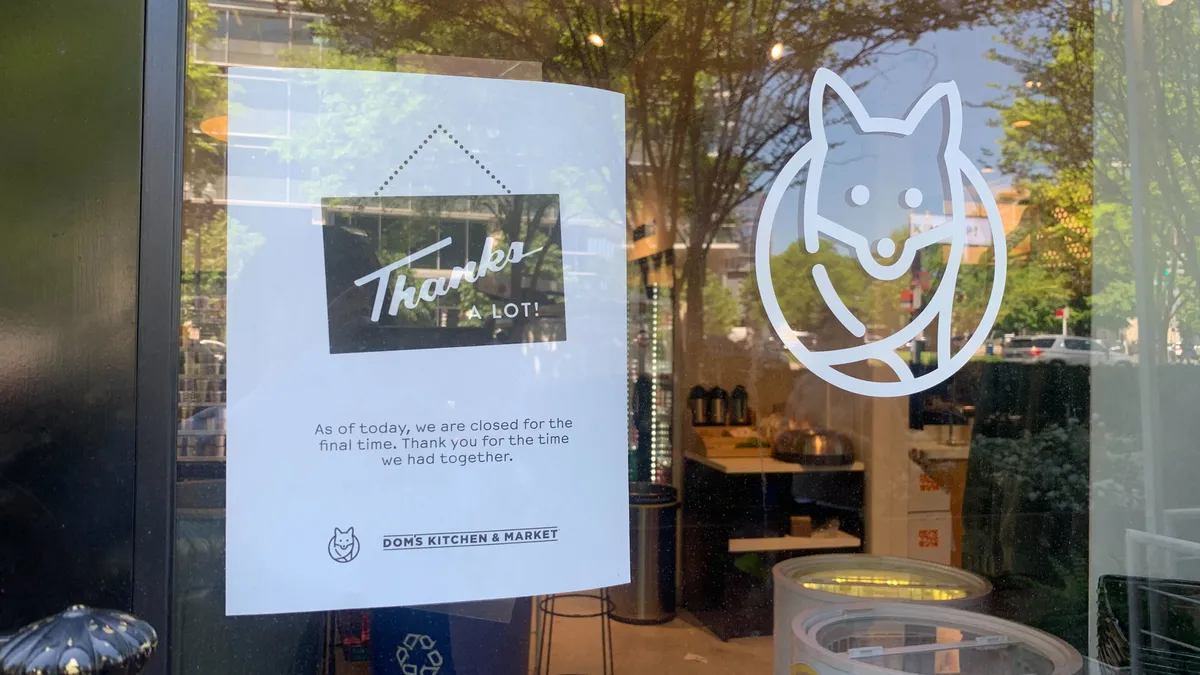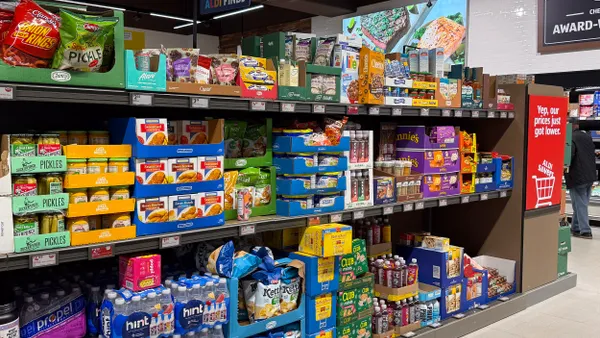Pardon the Disruption is a column that looks at the forces shaping food retail.
Foxtrot and Dom’s Kitchen & Market collectively operated less than 40 stores in just a few markets. The former was just a decade old, while the latter’s first location hadn’t even celebrated three years in business.
But when the news hit last week that both retailers, which merged last fall under newly formed parent company Outfoxed Hospitality, had ceased operations, the outpouring of shock, grief and frustration across the industry was enormous.
This was partly due to the suddenness of the decision, which came amid ambitious growth plans from both companies and just months after they had combined.
On a deeper level, this outpouring had to do with the big ideas that both retailers brought to the industry. Foxtrot and Dom’s were reimagining their respective formats. Foxtrot wasn’t just a convenience store — it was a c-store, cafe and neighborhood grocery store all wrapped together. It championed emerging brands and had a true omnichannel focus with delivery and takeout orders driving a significant portion of its business.
Dom’s, meanwhile, had an epicurean soul, with foodservice stations and cooking demos featured prominently in its stores. It was a grocer founded by industry legend Bob Mariano, who chose with his team to gleefully invert the playbook on the traditional store model, which says that all the bagged, boxed and jarred products should go in the middle of the selling floor. It wasn’t a grocery store, really — it was a “food experience,” as its former CEO told my colleague recently.

It’s not clear what led to the demise of these retailers that had seemed so promising. Everyone on Grocery LinkedIn seems to have an opinion — from speculating that Foxtrot took too much venture capital and grew too fast to saying it didn’t have a solid store model, and so on — and the truth likely won’t become apparent until a bankruptcy filing emerges.
What is clear, however, is that Foxtrot and Dom’s were operating during a tough time for upscale, innovative retailers. Their downfall comes as both consumers and retailers are feeling more pressure than ever to cut costs, pare down and focus on the essentials.
Indeed, we’ve entered a period where creative new retail ideas will struggle to flourish against the raw power of large players and the grinding need for efficiency — and it’ll likely only get tougher from here.
Why can’t we have nice things?
By all the accounts I’ve read on social media and heard from sources, Foxtrot’s stores enjoyed a healthy flow of customer traffic. They were positioned in prime locations and seemed to cater to their neighborhoods. The stores offered inviting made-to-order foods, coffee and the sort of products you wouldn’t find inside most convenience stores.
This was a breath of fresh air in a convenience industry where most stores still look to packaged snacks, energy drinks and bland coffee to drive traffic.
Foxtrot’s model, however, was labor-intensive. Those stores employed cooks, baristas, cashiers and, at least for a time, delivery couriers. The chain’s high-quality items were not cheap, which didn’t do it any favors at a time when even high-earning consumers were pulling back. Although it appeared the company had a vision for providing an everyday shopping experience, Foxtrot may have been more of an occasional splurge for many people.
Likewise, Dom’s foodservice stalls, which included pizza, sandwiches and sushi, undoubtedly required a lot of labor capital to run, with each requiring workers to take and make orders. That kind of experience is certainly more delightful for shoppers — but it’s also under a lot more pressure to produce returns day in and day out.
Being able to excite shoppers is not enough to ensure survival. With capital-intensive stores like these, the operation behind the scenes has to be as lean and efficient as possible. Processes need to be automated, costs need to get wrung out of the system, and management has to constantly assess the economics of the business as it grows.

Whole Foods Market learned this lesson the hard way. Before Amazon acquired the chain in 2017, the then publicly traded chain was under massive pressure from investors to rein in its spending and adopt tactics similar to what many traditional grocers employed. Whole Foods had enjoyed a prolonged period as the country’s marquee specialty grocer until conventional grocers started to erode its advantage in the space. Over the past few years, the company has restructured its operations and laid off hundreds of employees in a bid to simplify its business.
Consumers often say they crave new experiences, and for retail executives, it’s easy to fall in love with futuristic concepts. But actually delivering these concepts remains incredibly difficult to square with business realities. Dom’s and Foxtrot join a long list of other retailers — Boxed, Lucky’s Market, Farmstead and Publix’s Greenwise Market, to name a few — that have brought smart, buzzworthy ideas to market, only to go under.
Innovation in the age of efficiency
The challenges of launching and scaling new businesses like these are only going to grow in the grocery and convenience industries, which face increasing consolidation and pressure to reduce costs.
The retailers that operate the leanest have the strongest momentum right now. Aldi, one of the nation’s fastest-growing grocers by store count, doesn’t have any service departments and typically has just three to five employees on the sales floor at a time, according to a recent Wall Street Journal report. Its small stores are built to be stocked efficiently with a majority private label assortment.
This pressure is causing competitors to ramp up their promotions and revamp their loyalty programs, creating noise that can be hard for startup companies to break through. Shoppers, meanwhile, are more frivolous than ever in their food spending habits — making it easier to drive trial but harder to lock down regular spending.
Does the age of efficiency in food retail mean experience-focused innovation is dead? Certainly not. Dom’s and Foxtrot showed that restaurants and cafes aren’t the only places where fresh, inventive foodservice is possible. Retailers have upped their fresh meal game in recent years, and they’d do well to study Foxtrot’s menu, which included items like breakfast tacos and spicy chicken biscuits.
The now-shuttered companies also showed that small stores with curated assortments can generate a lot of excitement.

But innovation will need to be selective. Operating five made-to-order stalls under one roof may be too difficult, while operating one or two really good ones in select stores could be more feasible. Sourcing emerging brands throughout the store may prove costly, but sourcing them in a few key categories is certainly doable.
The strongest forces rattling retailers right now are seemingly at odds with each other. On the one hand, there’s the growing need to lower costs wherever possible — while on the other there’s the increasing need to offer shoppers an experience that’s truly unique and memorable.
Getting ahead in this environment will push retailers to get better at piloting smart concepts and connecting with their customers.
Amid its drive for efficiency, Whole Foods is still finding ways to excite, from building attractive stores to focusing on local sourcing and keeping its leading 365 store brand sharp.
Last month, the company grabbed everyone’s attention when it announced it would open a new small-format store later this year — a store that, in a fun, alternate reality, could have ended up head-to-head with Foxtrot and Dom’s













